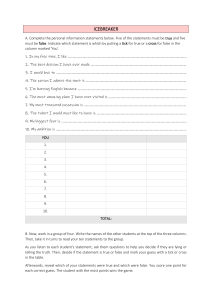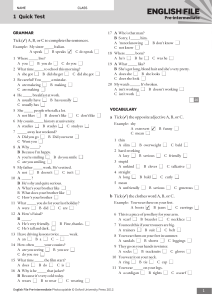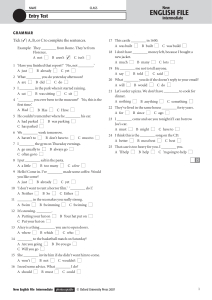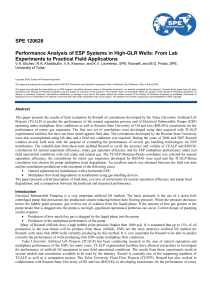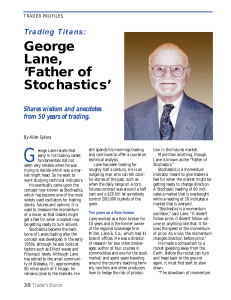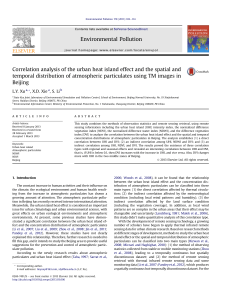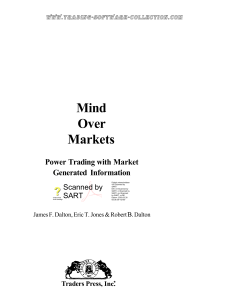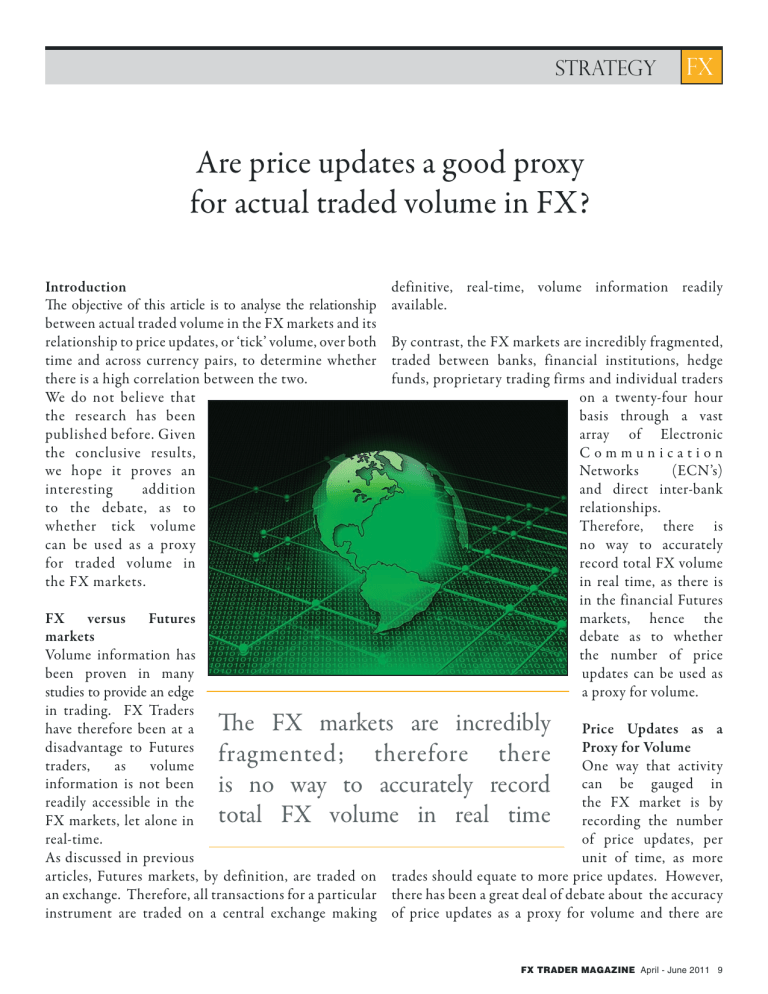
STRATEGY FX Are price updates a good proxy for actual traded volume in FX? Introduction The objective of this article is to analyse the relationship between actual traded volume in the FX markets and its relationship to price updates, or ‘tick’ volume, over both time and across currency pairs, to determine whether there is a high correlation between the two. We do not believe that the research has been published before. Given the conclusive results, we hope it proves an interesting addition to the debate, as to whether tick volume can be used as a proxy for traded volume in the FX markets. FX versus Futures markets Volume information has been proven in many studies to provide an edge in trading. FX Traders have therefore been at a disadvantage to Futures traders, as volume information is not been readily accessible in the FX markets, let alone in real-time. As discussed in previous articles, Futures markets, by definition, are traded on an exchange. Therefore, all transactions for a particular instrument are traded on a central exchange making definitive, real-time, volume information readily available. By contrast, the FX markets are incredibly fragmented, traded between banks, financial institutions, hedge funds, proprietary trading firms and individual traders on a twenty-four hour basis through a vast array of Electronic Communication Networks (ECN’s) and direct inter-bank relationships. Therefore, there is no way to accurately record total FX volume in real time, as there is in the financial Futures markets, hence the debate as to whether the number of price updates can be used as a proxy for volume. The FX markets are incredibly fragmented; therefore there is no way to accurately record total FX volume in real time Price Updates as a Proxy for Volume One way that activity can be gauged in the FX market is by recording the number of price updates, per unit of time, as more trades should equate to more price updates. However, there has been a great deal of debate about the accuracy of price updates as a proxy for volume and there are FX TRADER MAGAZINE April - June 2011 9 FX STRATEGY currencies, both against the tick volume provided by eSignal and, in the case of HotSpot, against its own internal tick volume. The currencies chosen for this research were EURUSD, USDJPY, GBPUSD and EURCHF. We would look for correlation first visually, then through the use of traditional measures such as Pearson’s product-moment coefficient. many valid reasons to suggest that there might not be a high correlation: Once the data provided by HotSpot and EBS had been cleaned and structured, the timestamp for each trade in any currency pair was used to determine which hour of the day the trade took place within. The volume of each trade was then placed in one of 24 ‘buckets’, creating a histogram of traded volume by hour of day; readers familiar with the Marney Indicators™ will quickly recognise the profile. These profiles were created for each month and then combined to provide an overall profile across the whole data set: • The price may move without any volume; if for example, there has just been a news announcement. • The price may change many times on light volume, or not at all on high volume, if a large buyer trades with a seller of equal size. • If the range for a unit of time (represented by a bar on a chart) is high, then the price is more likely to change many times, to reflect the many changes in price, regardless of volume • Similarly, if the range is small, then there will likely be relatively fewer price changes than a bar with equal volume that had a large change in price. Actual Volume vs. Price Updates Analysis EURUSD % of Daily Volume by Hour, month-on-month With volume analysis potentially able to provide such a significant edge to trading decisions, we were surprised that we couldn’t find the research having been done anywhere before, to provide a definitive answer to the debate. Therefore, with data from two of the world’s largest ECN’s, HotSpot® and EBS®, as well as one of the leading providers of price updates, Interactive Data, we had a large database of both actual traded volume data, as well as the respective price updates, to determine how high the correlation was between the two, and whether it was consistent over time. In order to establish conclusive correlation between tick volume and traded volume, it was decided that the data from two separate vendors would be analysed across a range of % of Daily Volume by Hour for all sampled currency pairs 10 FX TRADER MAGAZINE April - June 2011 STRATEGY FX Tick volume data was exported from eSignal, for the time periods determined by our trade volume data; upon its arrangement into the same buckets we were then able to look at the direct correlation between tick volume and the relevant trade volume: EURUSD Trade Volume against Average Ticket size by Hour In order to confirm what can be seen visually, the correlation was analysed mathematically; results can be seen below: EURUSD Trade Volume by Hour vs Internal and Market-wide Tick Volume Pearson r2 EURUSD USDJPY GBPUSD EURCHF 0.9683 93.8% 0.9583 91.8% 0.9894 97.9% 0.9714 94% *The Pearson product-moment correlation coefficient (typically denoted by r) is a measure of the correlation, or linear dependence, between two variables X and Y. r returns a value between +1 and -1 inclusive, with 1 and -1 values indicating absolute positive and negative correlation and zero indicating absolute independence. / n r= i=1 / n i=1 EURCHF Trade Volume by Hour vs Tick Volume by Hour ^ Xi - X h^Yi - Y h ^ Xi - X h2 / n i=1 ^Yi - Y h2 The square of the coefficient (r2) is equal to the percentage of the variation in X that is related to the variation in Y. An r value of 0.9683 tells us that 93.8% of the variance of tick volume in EURUSD is shared by trade volume. It is clear from the results illustrated that there is a definite and constant correlation between trade volume in any hour and the number of tick updates within that time. Readers will note from the above charts that trade From our analysis of these four currency pairs, we could volume appears to outperform tick volume on a like-for- postulate that over 90% of movement in tick volume in any like basis during peak hours; we attribute to the fact that currency pair is reflected in the movement of actual traded the average ticket size is greater during these hours, as volume, ie. If tick volume is seen to be increasing, traded shown below: volume will be increasing in a very similar manner. FX TRADER MAGAZINE April - June 2011 11 FX STRATEGY From a statistical standpoint, participants in the foreign exchang e markets should feel safe to use tick volume as a proxy for actual traded volume. This has fairly significant implications, as it allows traders to use volume-derived studies and measures in OTC markets that have previously been reser ved for exchange-traded securities. Conclusion Despite the many ver y valid arg uments, which suggest that price updates may not be highly correlated to actual traded volume, the correlation is actually ver y high, when looking at hourly data. We can therefore conclude that using price updates as a proxy for actual traded volume in the FX markets is ver y valid over this time scale. More research is needed to determine the correlation over shorter time periods. It is this relationship that led to the development of the Marney Volume Indicator™ (MVI) and Marney Range Indicator (MRI), first published in FX Trader Magazine ( July-September 2010 edition). We have found the indicators ver y useful additions to our own proprietar y trading. For those wishing to analyse volume further, both the MVI and MRI are now available on Trade Interceptor, MultiCharts and Tradermade. Caspar Marney I would like to thank HotSpot and EBS, without whose data the analysis would not have been possible and especially to my assistant, John Kinnell, for the many hours spent analysing the data and producing the illustrations. FX TRADER MAGAZINE April - June 2011 12
